The Fiery Fiesta: A Humorous Guide to Mastering Mexican Chilis Like a Pro!
Table of Contents
- Introduction
- Top 10 Mexican Chilis Every Spice Lover Should Know
- Pepper Heat Scale: From Mild Whispers to Wild Screams
- How to Use Mexican Chilis in Everyday Cooking
- Buying Guide: Picking the Perfect Pepper
- Storing & Preserving Your Spicy Treasures
- Fun Facts That’ll Make You the Star at Your Next Taco Party
- Conclusion: Embrace the Heat, Embrace Life
Welcome to the World of Mexican Chilis — Where Flavor Meets Fire!
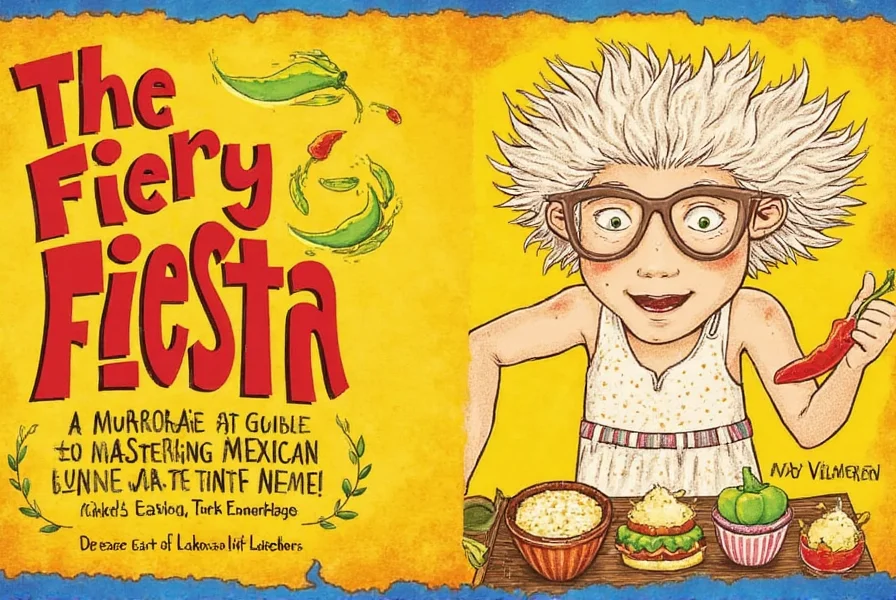
If you’ve ever tasted a taco that made your eyes water but your soul sing, you’ve experienced the magic of Mexican chilis. These fiery little powerhouses are more than just heat — they’re flavor bombs, culinary legends, and cultural icons rolled into one spicy package.
In this guide, we’ll take a humorous yet informative dive into the world of Mexican chilis. Whether you're a spice newbie or a full-blown chilihead, there's something here for everyone — from practical tips to quirky facts that’ll make you the star of any kitchen party.
Top 10 Mexican Chilis Every Spice Lover Should Know
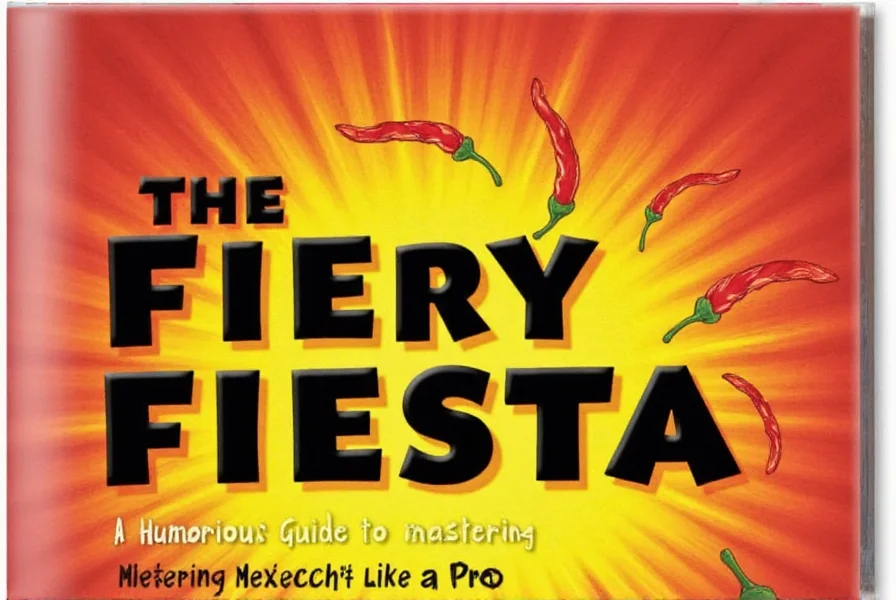
Mexico is home to over 150 varieties of chilis — yes, 150! But let’s focus on the stars of the show:
- Jalapeño – The friendly neighborhood pepper
- Poblano – Creamy and rich, like guacamole’s favorite uncle
- Guajillo – Fruity and smoky, like a campfire love song
- Chipotle – Smoked poblano with an identity crisis (and lots of flavor)
- Arbol – Don’t let its cute size fool you; it’s all heat
- Ancho – The sweet side of poblano, after a little drying session
- Hatch – Technically New Mexican, but Mexico claims it too
- Chiles de Árbol – Tiny terrors with big personalities
- Serrano – Jalapeño’s hotter cousin who vacations in Colorado
- Habanero – Tropical fire in a pod; not for the faint-hearted
Pepper Heat Scale: From Mild Whispers to Wild Screams
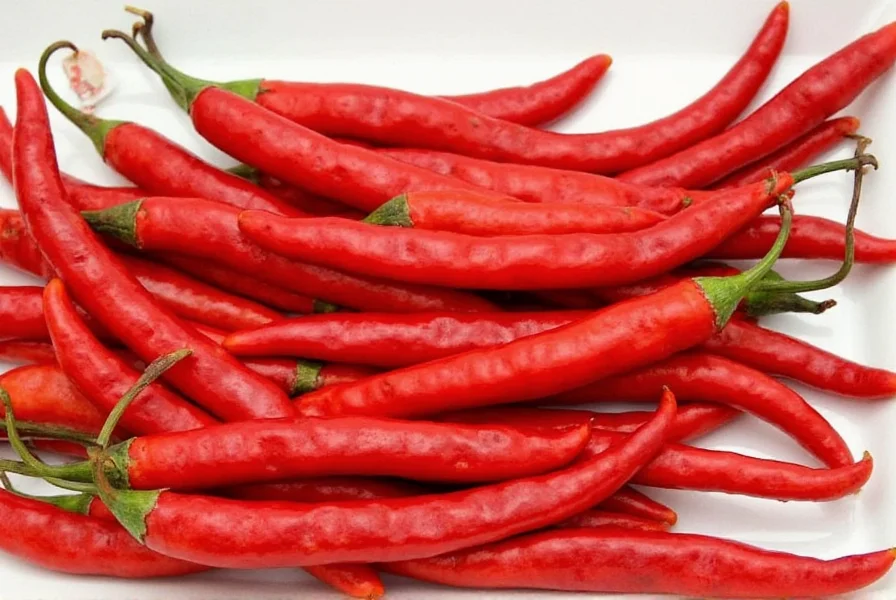
Let’s break down how these peppers stack up on the Scoville scale — because no one wants to accidentally set their mouth on fire without knowing what hit them.
| Chili | Scoville Units | Flavor Profile |
|---|---|---|
| Jalapeño | 2,500–8,000 | Fresh, grassy, slightly vegetal |
| Poblano/Ancho | 1,000–2,000 | Rich, earthy, chocolate-like undertones |
| Guajillo | 2,500–5,000 | Berries, tea leaves, citrus zest |
| Chipotle | 5,000–10,000 | Smoky, bacon-like, bold |
| Chiles de Árbol | 15,000–30,000 | Fiery, nutty, intense |
| Serrano | 10,000–23,000 | Grassy, crisp, biting |
| Habanero | 100,000–350,000 | Tropical sweetness followed by nuclear burn |
Pro Tip: If you're using habaneros, gloves aren't optional — unless you enjoy eye burns and regret.
How to Use Mexican Chilis in Everyday Cooking
Mexican chilis aren’t just for tacos — although those are amazing. Here’s how to incorporate them into your daily meals:
- Sauces: Blend roasted jalapeños, garlic, lime, and cilantro for a quick green sauce.
- Marinades: Use dried guajillos soaked and pureed to marinate chicken or pork.
- Infused Oils: Sear some serranos in olive oil and use for popcorn, pasta, or pizza.
- Stocks & Broths: Add whole dried chilis to soups for a background warmth.
- Desserts: Habanero-infused chocolate? Yes please. Sweet + heat = match made in heaven.
Pro Tip: Dried chilis can be toasted and rehydrated for deeper flavor — don’t skip this step!
Buying Guide: Picking the Perfect Pepper
Whether you’re shopping at a local market or browsing online spice retailers, here’s how to choose the best Mexican chilis for your needs:
| Type | Best For | Features | Recommended Brands |
|---|---|---|---|
| Fresh Jalapeños | Snacking, slicing, stuffing | Firm skin, vibrant color, no wrinkles | El Yucateco, Amigo Organics |
| Dried Guajillos | Sauces, stews, mole | Smooth texture, deep red color, aromatic scent | Goya, MexGrocer |
| Chipotles in Adobo | Smoky depth in sauces and salsas | Soft texture, deep color, rich sauce | La Costeña, Dona Maria |
| Whole Dried Arbol | Spicy oils, pickling, garnish | Bright red, intact seeds, strong smell | La Morena, Casa Bonita |
| Powdered Ancho | Dry rubs, spice blends, seasoning | Deep red hue, fine texture, rich aroma | McCormick Gourmet, Ole Rico |
Storing & Preserving Your Spicy Treasures
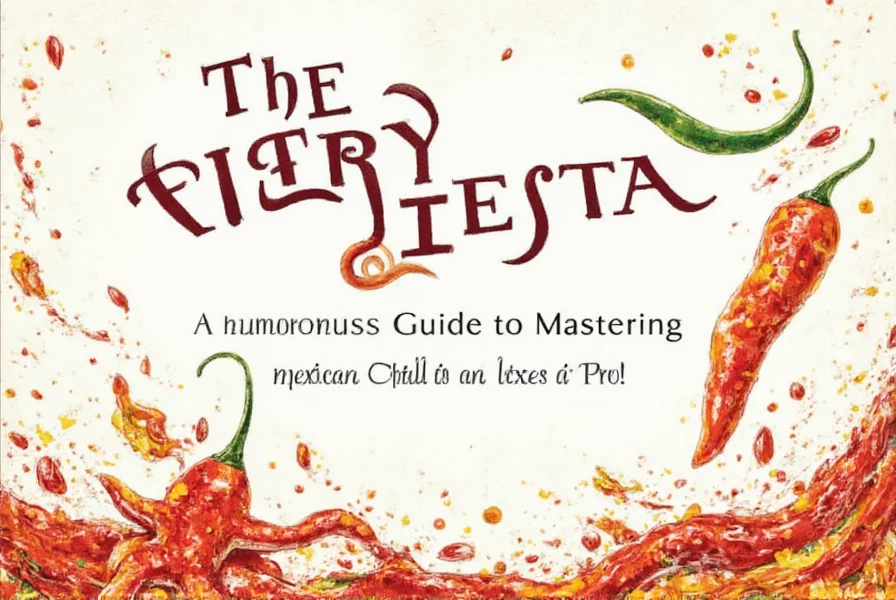
You’ve got your peppers — now how do you keep them fresh and fiery for as long as possible?
- Fresh Peppers: Store in the fridge crisper drawer in a breathable bag. They’ll last 1–2 weeks.
- Dried Peppers: Keep in an airtight container in a cool, dark place. They last up to a year.
- Freezing: Freeze whole jalapeños or poblanos in a ziplock bag. No prep needed!
- Oil-Packed: Store homemade chili oils in the fridge for up to 2 months. Or freeze for longer shelf life.
- Dehydration: Turn extra chilis into ristras or powder for future cooking adventures.
Fun Hack: Label your chili jars so you don’t end up putting habanero in your morning eggs. Trust us.
Fun Facts That’ll Make You the Star at Your Next Taco Party
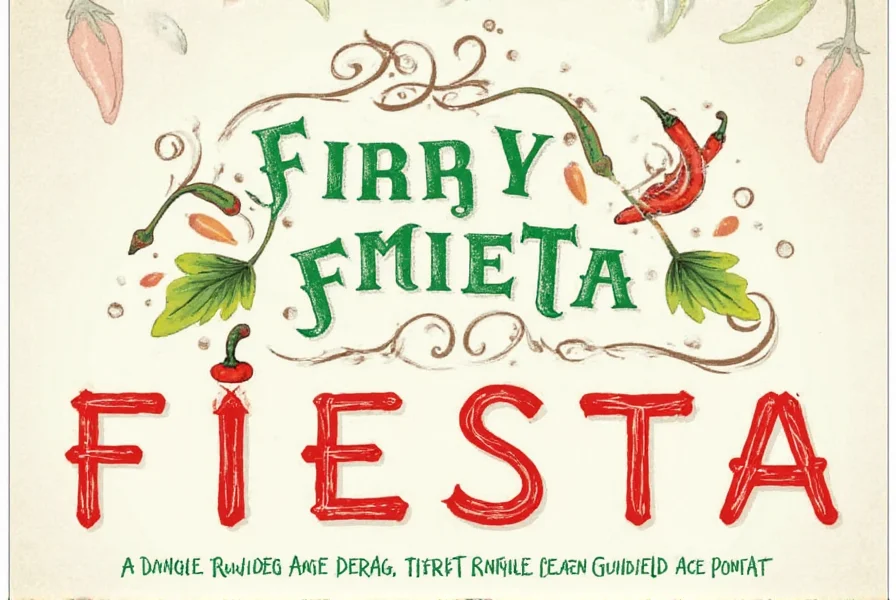
Want to impress your friends with trivia that’s actually useful (and delicious)? Check out these spicy tidbits:
- Mexicans have been using chilis for over 9,000 years — longer than most civilizations used fire.
- The word “chili” comes from the Nahuatl word *chīlli*, which means “pepper” or “spice.”
- There’s a chili called “Pico de Gallo” — and it’s not the salsa!
- Chilis are fruits, not vegetables. Botanically speaking, you’ve been eating spicy berries.
- Some chilis are named after towns (like Puebla) or people (like the mysterious Señora Mira).
- Eating chilis releases endorphins — meaning you literally get high from spice.
Did you know? In parts of Oaxaca, locals grind chilis with cocoa to make spiced chocolate drinks — perfect for cold nights and hot dates.
Conclusion: Embrace the Heat, Embrace Life
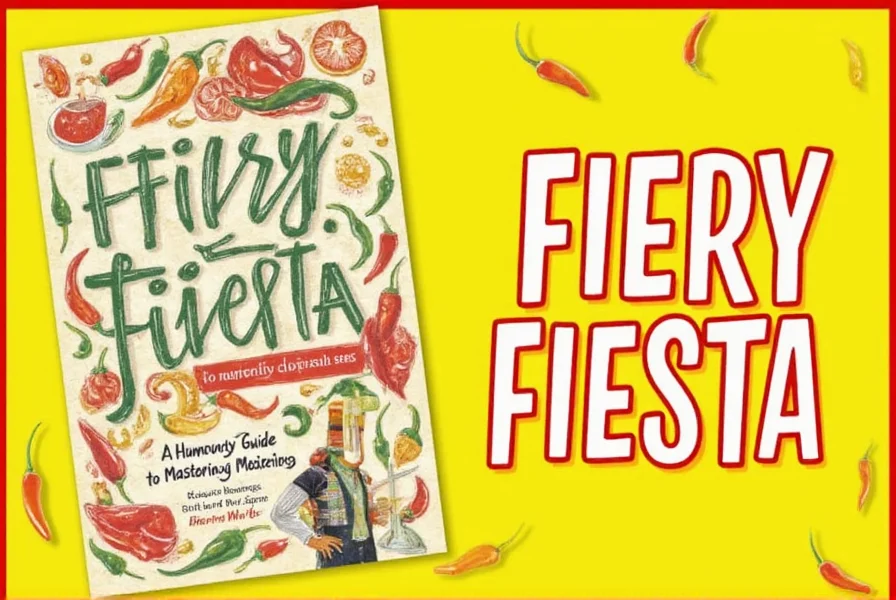
Mexican chilis are more than ingredients — they’re culture, history, and heart wrapped in a fiery package. Whether you're roasting them over open flames or blending them into a midnight mole, these peppers bring joy, complexity, and a little chaos to every dish.
So next time you see a basket of colorful chilis, don’t shy away. Pick one (or five), embrace the burn, and let your taste buds dance with joy. After all, life is too short for bland food — spice it up!











 浙公网安备
33010002000092号
浙公网安备
33010002000092号 浙B2-20120091-4
浙B2-20120091-4